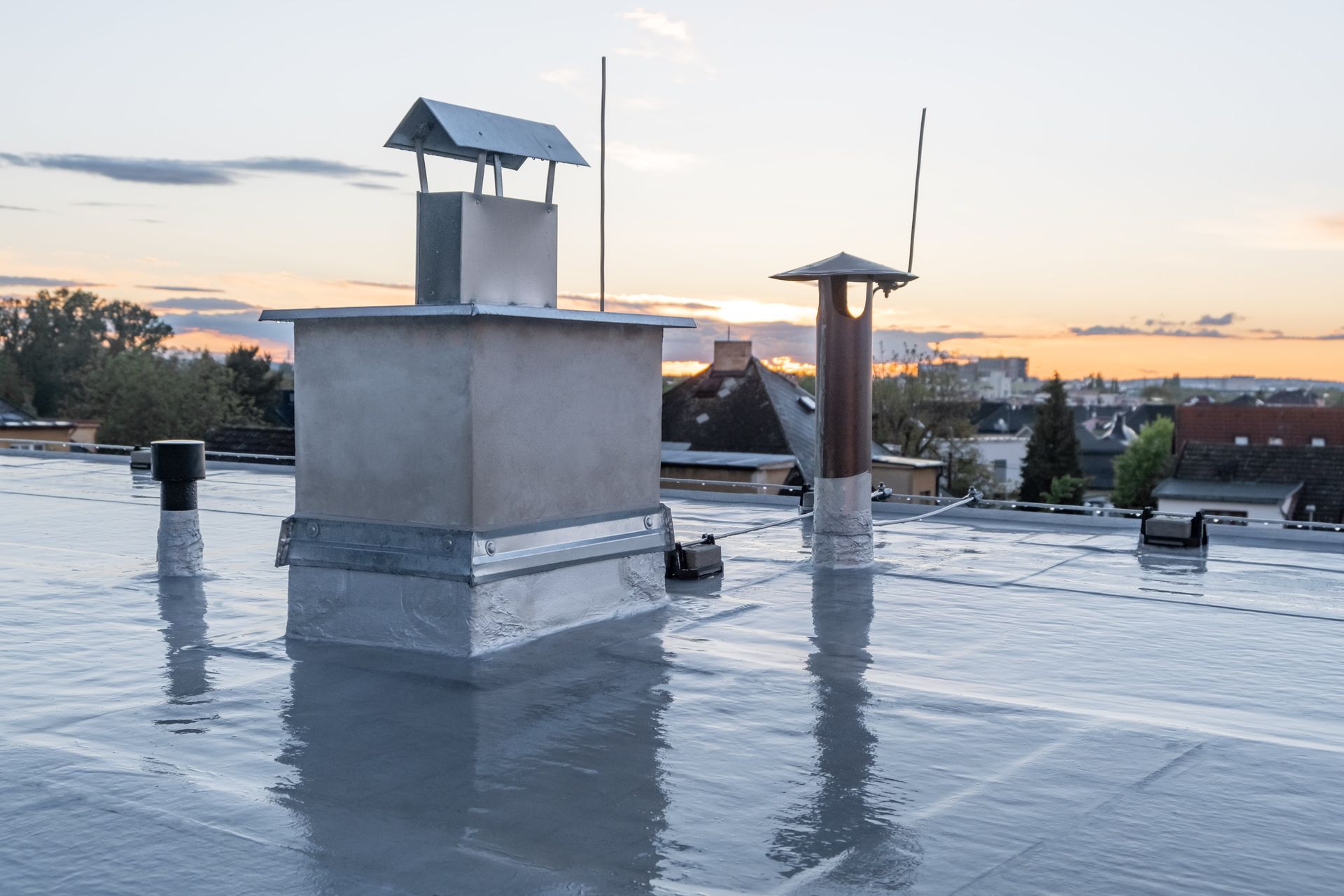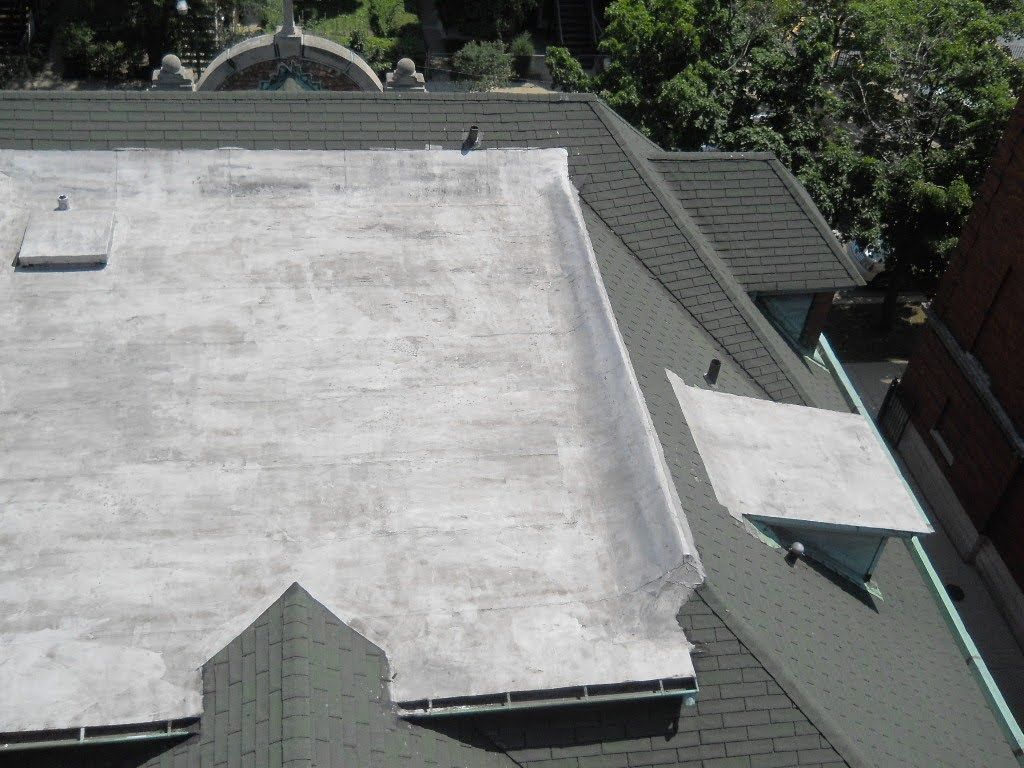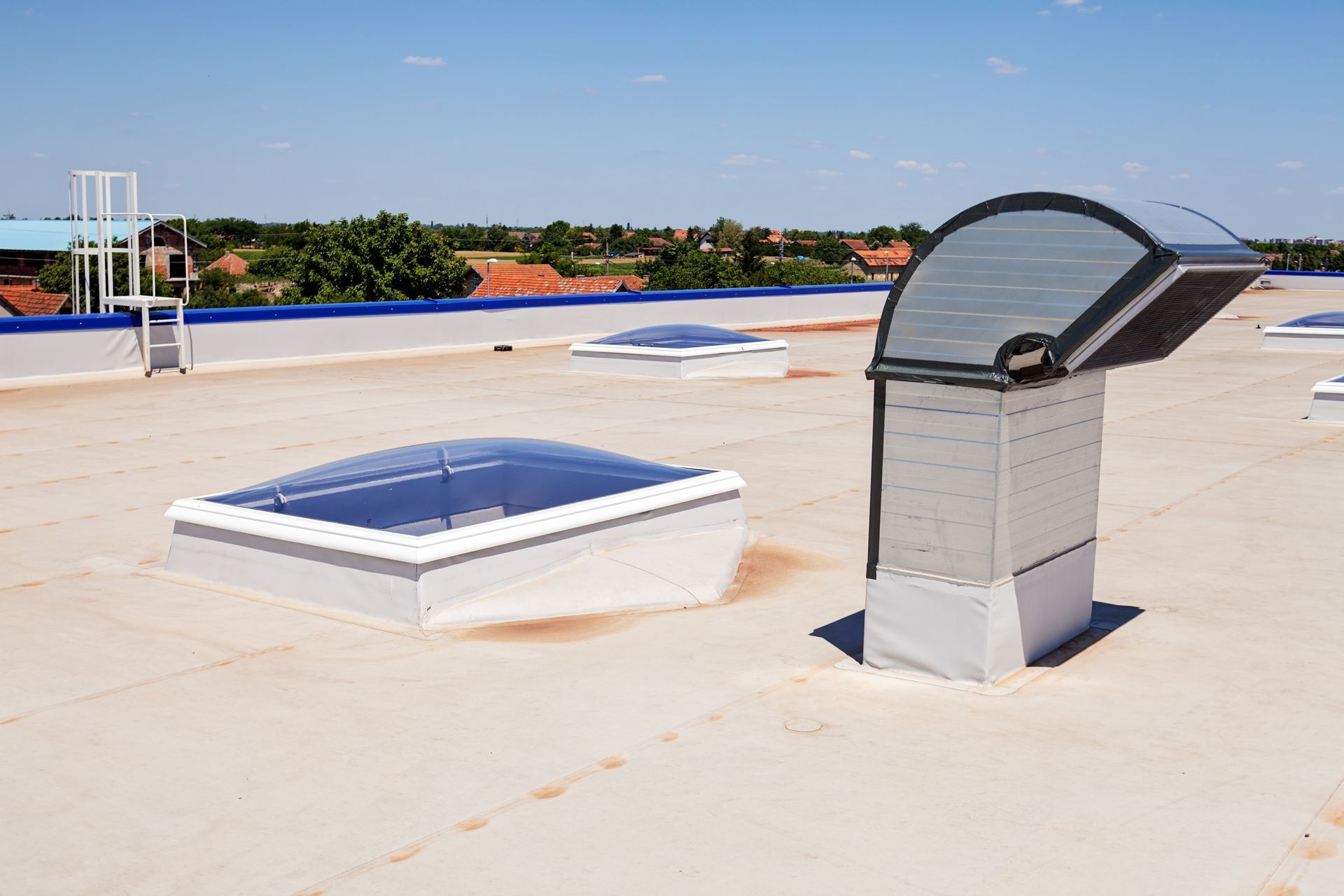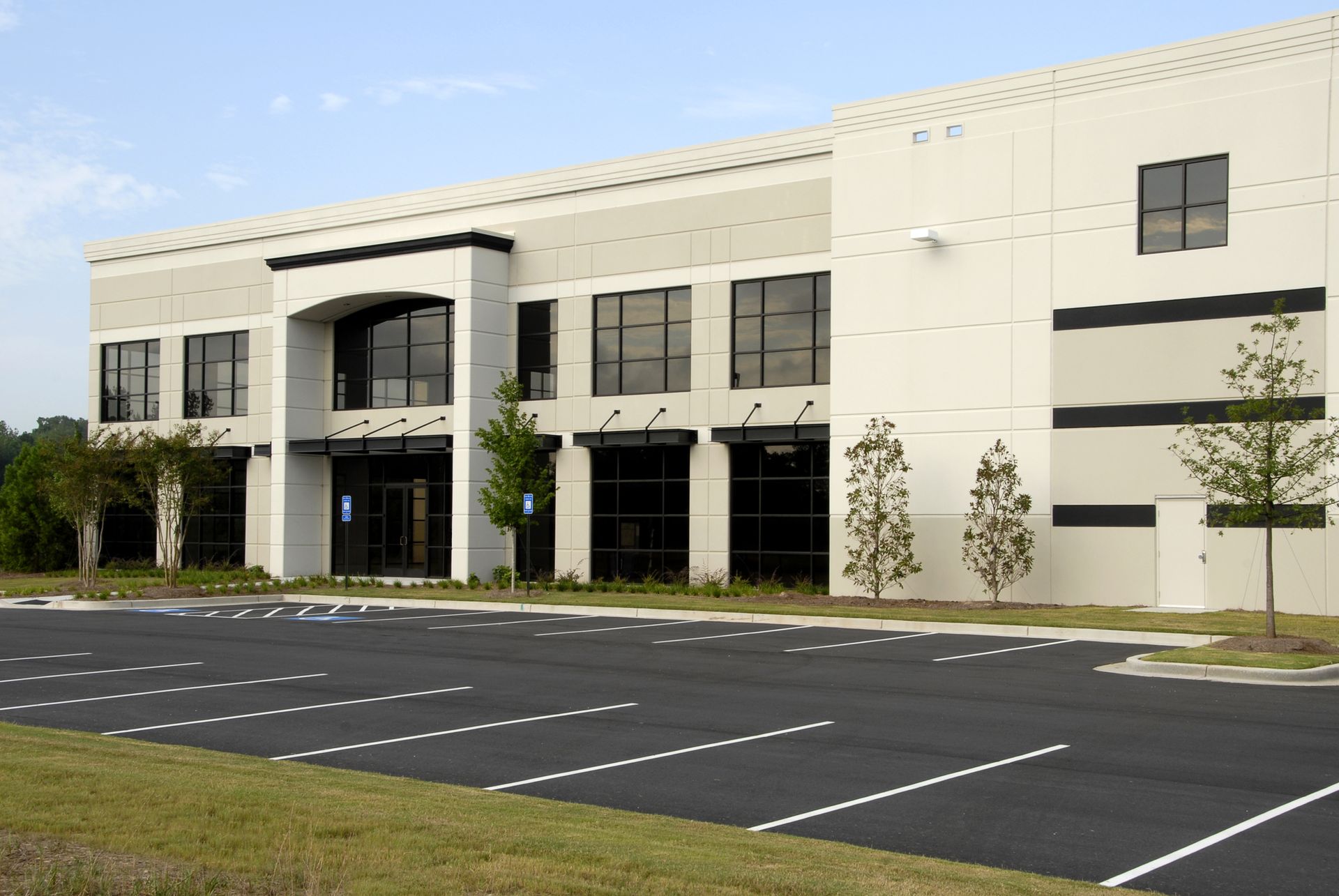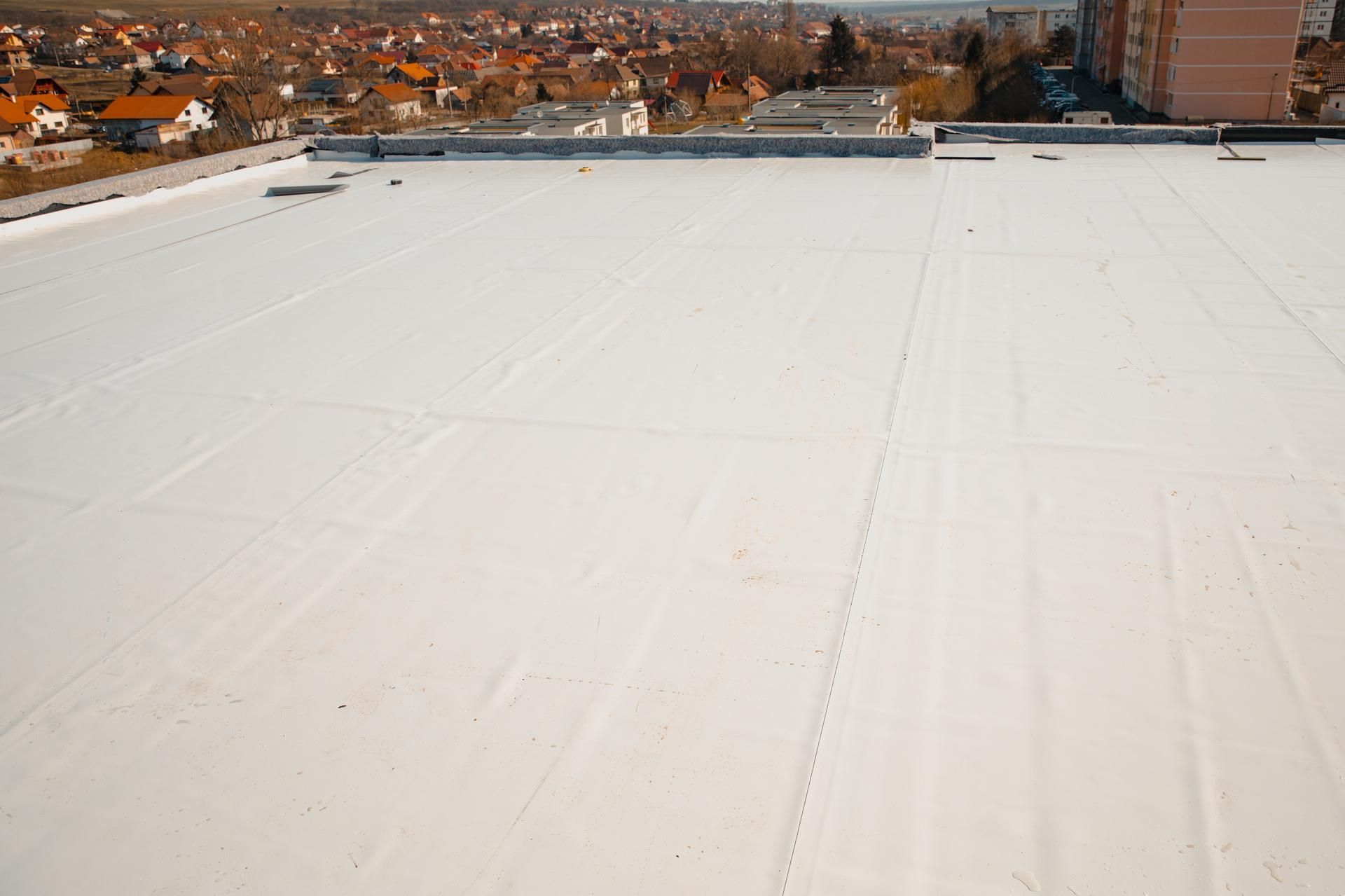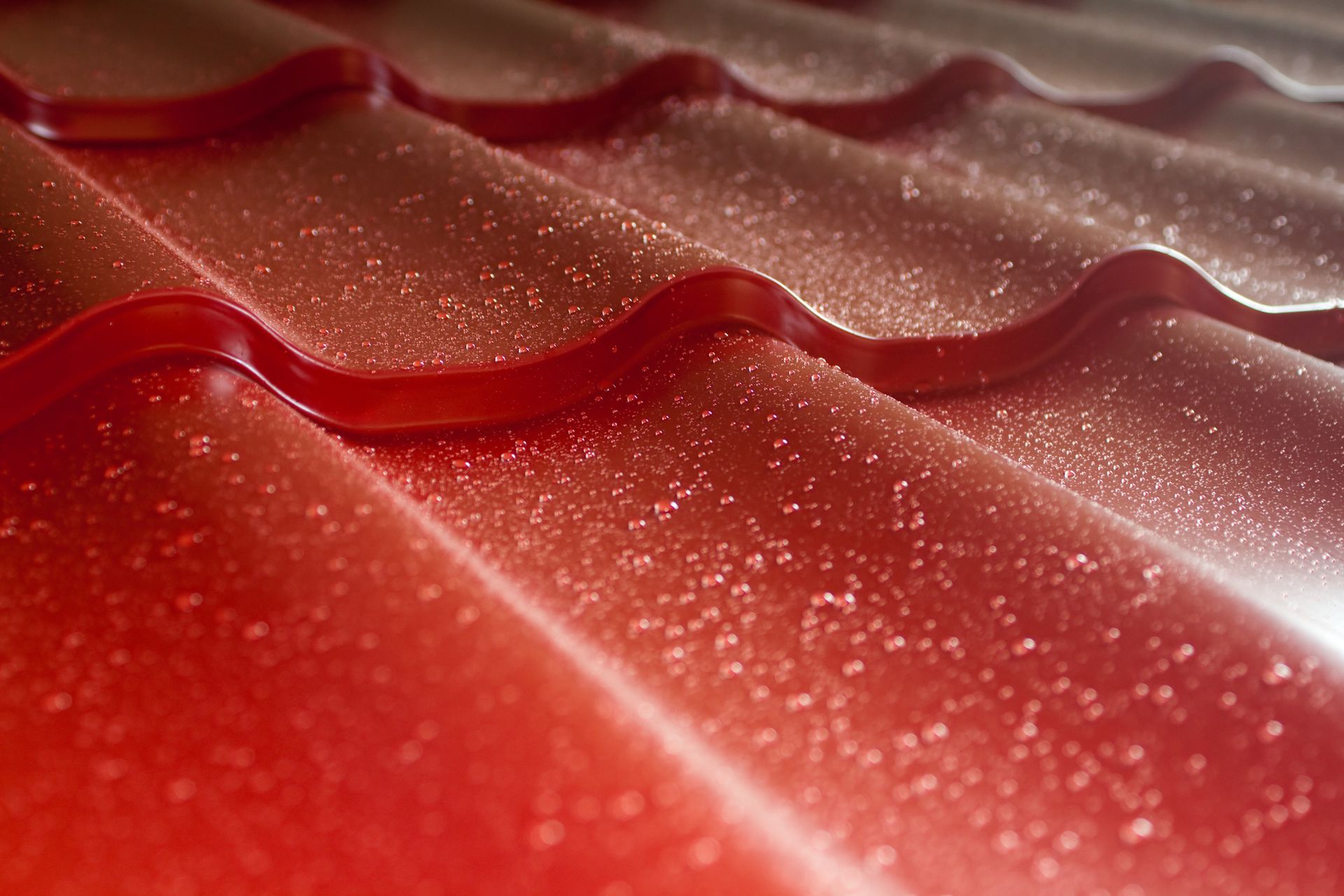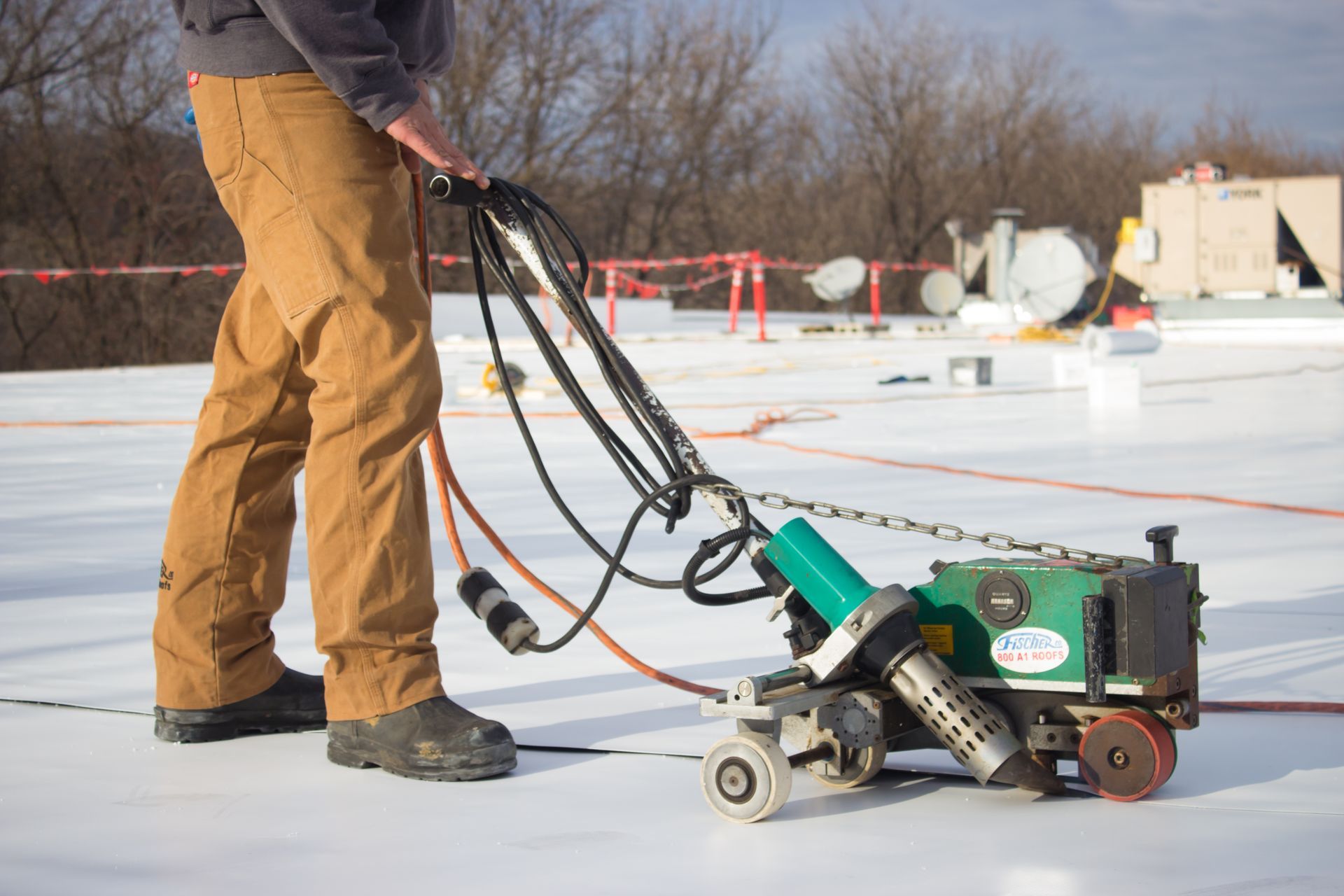Is a Flat Roof Right for Your Home? FAQs About Materials and More
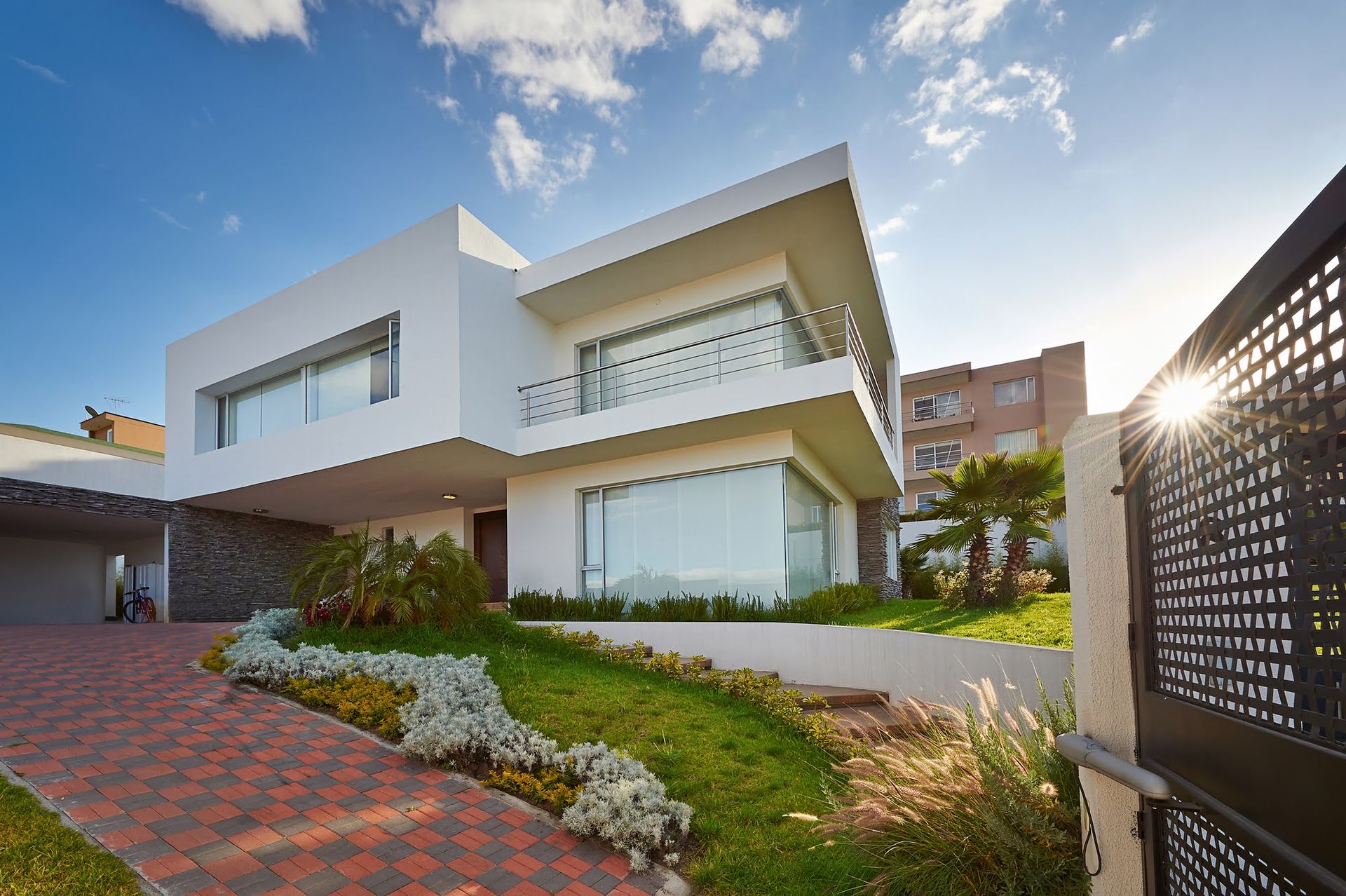
Why choose a flat roof for your home? As the name implies, this type of roof is flat—meaning it has no slope. If you're in the process of designing your dream home or are ready for a few major renovations, take a look at what you need to know about the residential flat roof.
What Is a Flat Roof and What Is It Made Of?
Again, a flat roof is literally a roof that is flat. Unlike the pitched or sloped roof types you may often see on homes, the flat roof has almost no slant or rise. This means you may not see much of, or any, of the roofing material from the ground level.
The specific material a flat roof is made of varies by manufacturer and installer. Don't assume that every roofing company works with every possible type of flat roof material. Common materials include thermoplastic polyolefin (or TPO), polyvinyl chloride (or PVC), and EPDM (also commonly referred to as rubber). These are single-ply membrane roofing materials that are often used for residential roofing purposes.
What Are the Benefits of a Flat Roof?
There isn't one reason to install a flat roof. This type of roof has many benefits, depending on the material, installation, quality, and the structure. These benefits include:
- Price. A thermoplastic flat roof is an economical option that can save you money on your home improvement costs compared to some other types of shingle or sloped-roof materials.
- Reduced HVAC bills. A white roof reflects the sunlight and keeps your home cooler in the warm weather months. This lowers electricity costs from cooling bills. The roof can also hold heat in the winter, potentially reducing furnace/heater-related costs too.
- Long lifespan. According to the International Association of Certified Home Inspectors (InterNACHI), a TPO roof can last for up to 20 years and EPDM rubber can have up to a 25-year lifespan.
A flat roof is also often easier to install and repair than a traditional pitched shingle roof. This can affect the price you pay for installation or maintenance-related costs.
Is A Flat Roof the Right Choice For Every Home?
No, a flat roof is not the right or best choice for every home. No roofing material is a universal top option. The type of roof you choose depends on:
- Your budget. A flat roof often falls at the lower end of the roof replacement or installation price range. But this doesn't mean every flat roof is less expensive than every pitched roof. To learn more about the price options, talk to a roofing professional.
- The aesthetics. How will a flat roof look with the rest of your home? A flat roof could complement a modern, contemporary industrial style, or eclectic home.
- Your preferences. Do you like the look of a flat roof? Some homeowners prefer the crisp, clean, unobtrusive lines of a flat roof over the shingles or tiles of a pitched roof.
- Your yard. Are there low-hanging tree branches near the roof? These could tear or puncture the plastic or rubber material. If you have low-hanging trees nearby and want a flat roof, you may have to significantly prune the trees before the roof installation.
If you're not sure whether this type of roof is the best option, talk to a professional. Instead of a general contractor or general roofer, choose a roofing professional who specializes in flat roof installation. This type of pro can guide you through the process, help you to select the best material, and install your roof.
Do you want to learn more about your residential flat roof options? Contact Fischer Roofing for more information.


